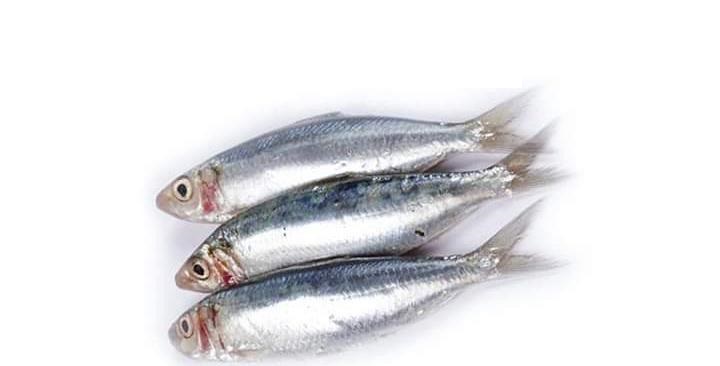
Intoduction
Freshness represents a pivotal aspect in fish product for both security and quality. Its evaluation still represents the key factor driving the consumer ’choices. Fish appearance is directly affected the fish quality. Many internal and external factors affect the fish quality including different stages of postmortem transformation such as the early stage of rigor, rigor mortis, and end of the rigor, the autolysis process, and microbiological spoilage after death.
Such transformation stages consist of physical, chemical, physicochemical, and biochemical processes, followed by bacterial spoilage, protein degradation, and ATP decomposition, which accelerate the loss of freshness, destroy the structure of muscle, and degrade the quality of fish.
Additional Knowledge
Effect of storage temperature for fish quality
Chill storage (0-25°C)
It is well known that both enzymatic and microbiological activities are greatly influenced by temperature. However, in the temperature range from 0 to 25°C, microbiological activity is relatively more important, and temperature changes have greater impact on microbiological growth than on enzymatic activity. (Nixon, 1971).
Super chilling (0°C to -4°C)
Storage of fish at temperatures between 0°C and -4°C is called super chilling or partial freezing. The shelf life of various fish and shellfish can be extended by storage at subzero temperatures. Super chilling extends the shelf life of fish products. The technique can be used, for example where productive fishing grounds are so far from ports and consumers that normal icing is insufficient for good quality products to be landed and sold. (Aleman et al., 1982).

